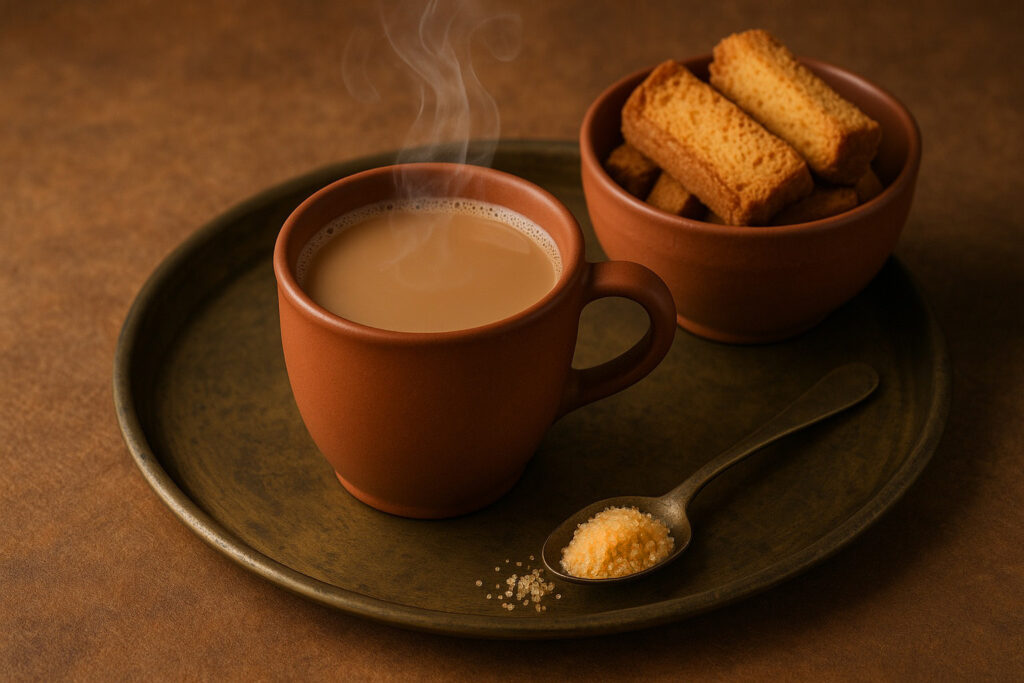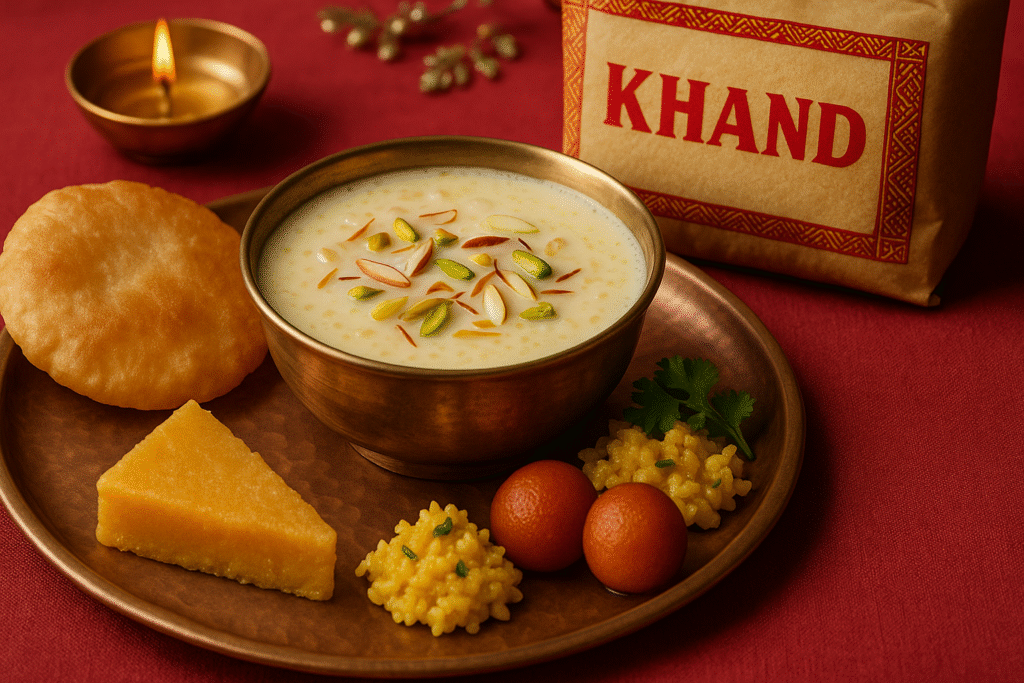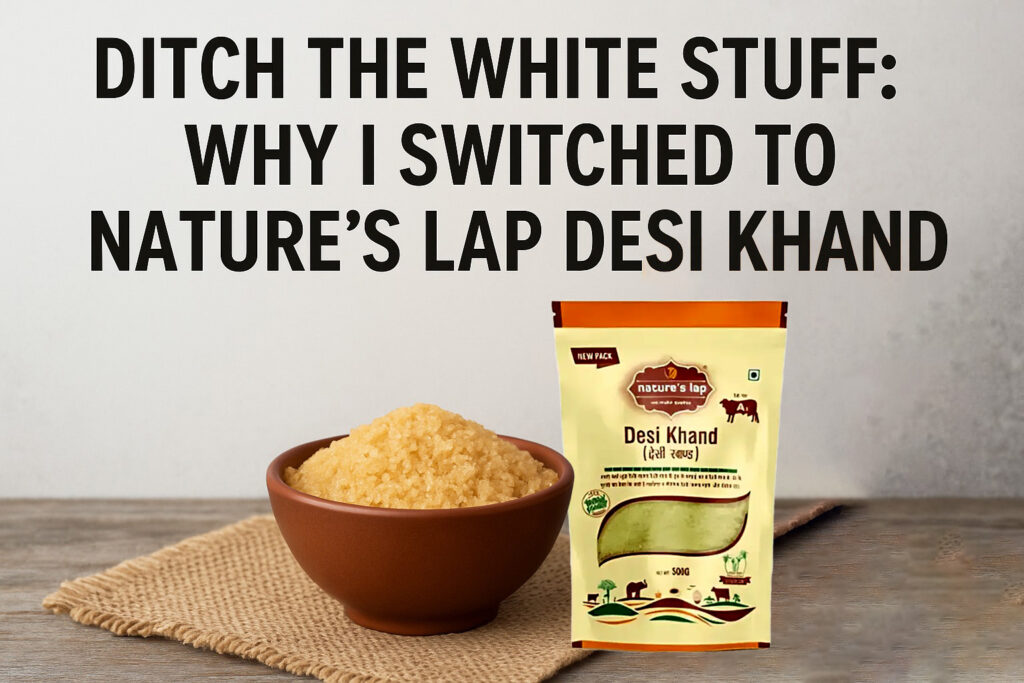There’s something deeply comforting about switching back to what our grandparents always trusted.
For the longest time, my morning chai had a teaspoon of refined white sugar—bland, overly sweet, and honestly, a bit suspicious. But ever since I discovered Nature’s Lap Shudh Desi Khand, there’s been a quiet revolution in my kitchen. No, it’s not a “superfood” marketing gimmick. It’s just old-school Indian wisdom making a delicious comeback.
🌾 What Is Desi Khand, Really?
Desi Khand is not just “brown sugar.” It’s a raw, unrefined sugar made by evaporating sugarcane juice without the chemical processing that goes into refined white sugar.
It retains:
- Molasses (that rich, caramel-y goodness)
- Natural minerals like calcium, iron, magnesium
- And most importantly—character.
While regular sugar is bleached and stripped of nutrients, khand is full-bodied, warm in taste, and much easier on digestion.
🍯 Why I Trust Nature’s Lap Shudh Desi Khand

I’ve seen a lot of brands slap “desi” or “organic” on their packaging just for the buzz. But Nature’s Lap feels different. It’s not just about the label—it’s about the texture, the aroma, and the purity.
Here’s what stood out:
- Unbleached and crystal golden—not the suspiciously perfect white or fake brown
- No sulphur, no chemicals, no nonsense
- It actually smells like real sugarcane!
- Made in small batches, closer to how sugar was made in villages.
You can feel the earth in it. And in a world of factory-made sweetness, that’s rare.
🧂 Desi Khand vs Sugar: A Quick Comparison
| Feature | Desi Khand | Refined White Sugar |
|---|---|---|
| Processing | Natural, no sulphur/chemicals | Heavily refined & bleached |
| Nutrients | Retains iron, calcium, etc. | Stripped of all minerals |
| Taste | Warm, mellow sweetness | Sharp, flat sweetness |
| Blood Sugar Spike | Lower glycemic index | High glycemic index |
| Use Cases | Chai, laddoos, baking | Chai, soda, processed sweets |
🍪 How I Use It Daily
- Chai tastes more rustic, with a malty depth I love.
- Sooji halwa has that warm ghee-shakkar magic again.
- Even my cake recipes feel more wholesome (and the golden hue is gorgeous).
- I’ve tried sprinkling it on toast with ghee—total desi toastie heaven.
It doesn’t clump easily, melts well, and blends with both desi and modern recipes.
🌿 Healthier Sweetness for the Family

Let’s be real: we’re not going sugar-free anytime soon. But the least we can do is switch to a better form of sugar.
Nutritionists often suggest khand over refined sugar because:
- It causes a slower rise in blood glucose
- Supports better digestion
- And doesn’t burden the liver the way processed sugar does
For kids, elders, and everyone in between—it’s a gentler, kinder sugar.
🚨 The Problem with Loose or Unbranded Khand
A word of caution: loose khand often contains dust, chalk powder, or sulphur residues. It’s not always what it claims to be. That’s why I’ve stopped buying from open sacks at the local store.
With branded, hygienically packed options like Nature’s Lap, you know what you’re getting: clean, safe, traceable sweetness.
🌾 A Taste of Tradition, Bottled
Switching to Nature’s Lap Shudh Desi Khand felt like turning back the clock. It reminded me of the khand my nani used to keep in a glass jar with a metal lid, the one she’d stir into haldi doodh on winter nights.
Now, when I add a spoonful of it to my tea or kheech, I know I’m not just sweetening the dish—I’m sweetening it mindfully.
Related Reads:
Craving more kitchen wisdom? Don’t miss my blog on Rajdhani Sooji: The Pantry Hero You Didn’t Know You Needed.



